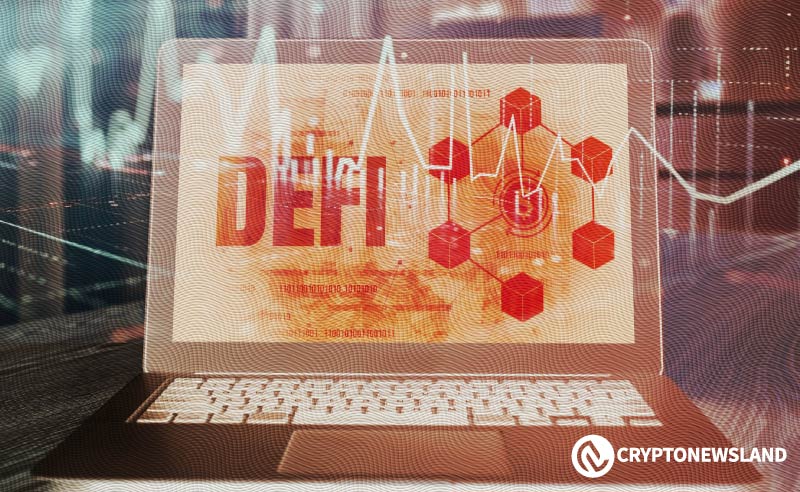- Arrakis Finance: Uniswap V3-based market maker with efficient liquidity management.
- Aevo: Ethereum-based DEX offering perpetual and options, merged with Ribbon Finance.
- ZKX Protocol: StarkNet-powered futures exchange prioritizing user satisfaction.
With expanding intrigued in DeFi (decentralized finance), the crypto market is seeing the birth of the most recent advancements that are balanced to change the digital financial landscape. In this article, we are going give a review of the 5 most current DeFi coins that are worth paying consideration to in May 2024.
1. Arrakis Finance
Arrakis Finance is a decentralized market maker protocol on Uniswap V3 outlined to rearrange the method of making concentrated liquidity positions. This protocol permits clients to oversee their liquidity more productively in a more computerized and non-custodial way.
In its Q4 2022 to Q1 2023 financing circular, the extend effectively closed two subsidizing rounds, securing over $4 million from a few level 2 and level 3 stores including Polygon Ventures, Accel, Uniswap Labs, and others. This protocol has overseen pull in the consideration of the crypto community and reached its highest TVL of over $1,829 billion in 2022.
2. Aevo
Aevo is a decentralized exchange with arranged books, perpetual, and choices built on the Ethereum, Optimism, and Arbitrum chain systems. Aevo is fueled by the local token $AEVO, which has a few uses counting administration voting and staking to gain extra APR, as well as get reduced exchange expenses.
Aevo was originally a subsidiary of Ribbon Finance. However, since the DAO Ribbon vote in July 2023, Aevo began the process of merging with Aevo, allowing users to swap legacy $RBN tokens for $AEVO in a 1:1 ratio.
3. ZKX Protocol
ZKX is a decentralized futures exchange that operates on StarkNet, is built by the community, and prioritizes user satisfaction. ZKX Protocol offers a competitive advantage over other DEXs by leveraging zk-STARK technology that offers unmatched scalability and on-chain trading benefits such as account abstraction and low-cost transactions.
ZKX Protocol introduced a unique risk mitigation tool called ‘deleveraging’ to protect users from sudden market changes. In extreme cases, the platform triggers liquidation to prevent more significant losses.
4. Saakuru
Saakuru is an Ethereum L2 protocol that allows gasless transactions within its network. On the Saakuru blockchain, gas fees for network usage are covered by the network itself and the dApps built on top of it, allowing users to enjoy all the benefits of blockchain but with an improved UX. Saakuru has managed to capture the attention of the crypto community and grow its user base to over 426k active wallets, with assets held and recording over 1.4 million transactions per week.
5. Omni Network
Omni Network is a Layer 1 blockchain powered by a dual Proof of Stake mechanism of staked back ETH and native token $OMNI. This allows developers to deploy Omni roll-up smart contracts on the Omni network, increasing the interoperability of Ethereum L2 solutions and unifying them into one single mechanism. At the core of the protocol’s security lies a dual Proof of Staking mechanism, backed by the security of ETH staked back via EigenLayer and the platform’s native token $OMNI.
With the emergence of DeFi platforms such as Arrakis Finance, AEVO, ZKX, Saakuru, and Omni Network, the DeFi coin market continues to grow and offers increasingly broad opportunities for innovation and investment. It’s an exciting time to get involved in DeFi, and these projects are the perfect starting point for those looking to harness the full potential of decentralized finance.

